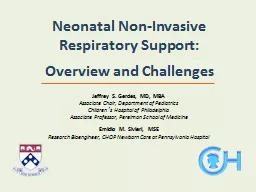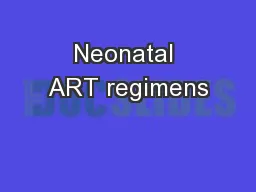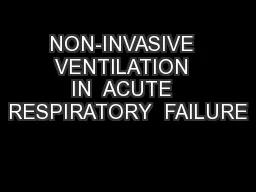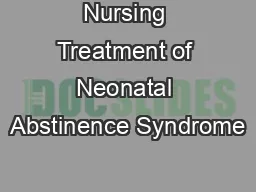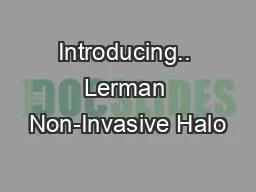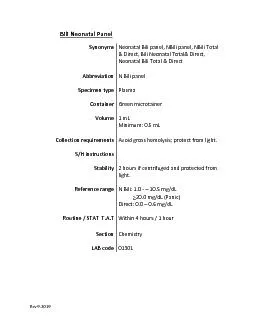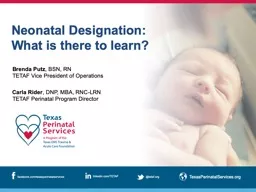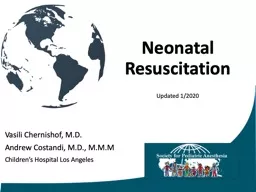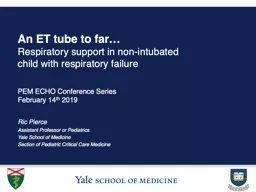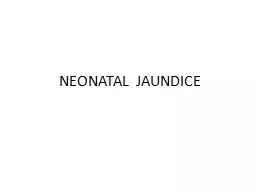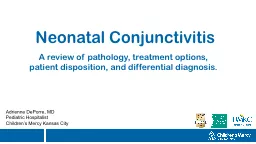PPT-Neonatal Non-Invasive Respiratory Support:
Author : trish-goza | Published Date : 2016-02-27
Overview and Challenges Jeffrey S Gerdes MD MBA Associate Chair Department of Pediatrics Children s Hospital of Philadelphia Associate Professor Perelman School
Presentation Embed Code
Download Presentation
Download Presentation The PPT/PDF document "Neonatal Non-Invasive Respiratory Suppor..." is the property of its rightful owner. Permission is granted to download and print the materials on this website for personal, non-commercial use only, and to display it on your personal computer provided you do not modify the materials and that you retain all copyright notices contained in the materials. By downloading content from our website, you accept the terms of this agreement.
Neonatal Non-Invasive Respiratory Support:: Transcript
Download Rules Of Document
"Neonatal Non-Invasive Respiratory Support:"The content belongs to its owner. You may download and print it for personal use, without modification, and keep all copyright notices. By downloading, you agree to these terms.
Related Documents

